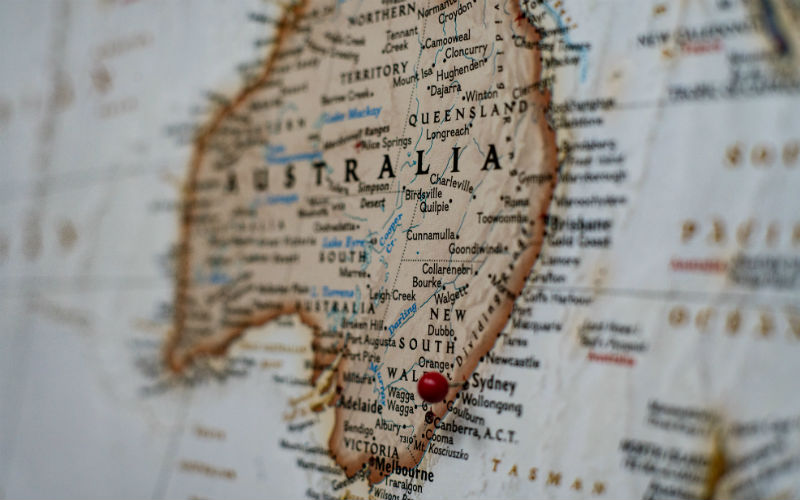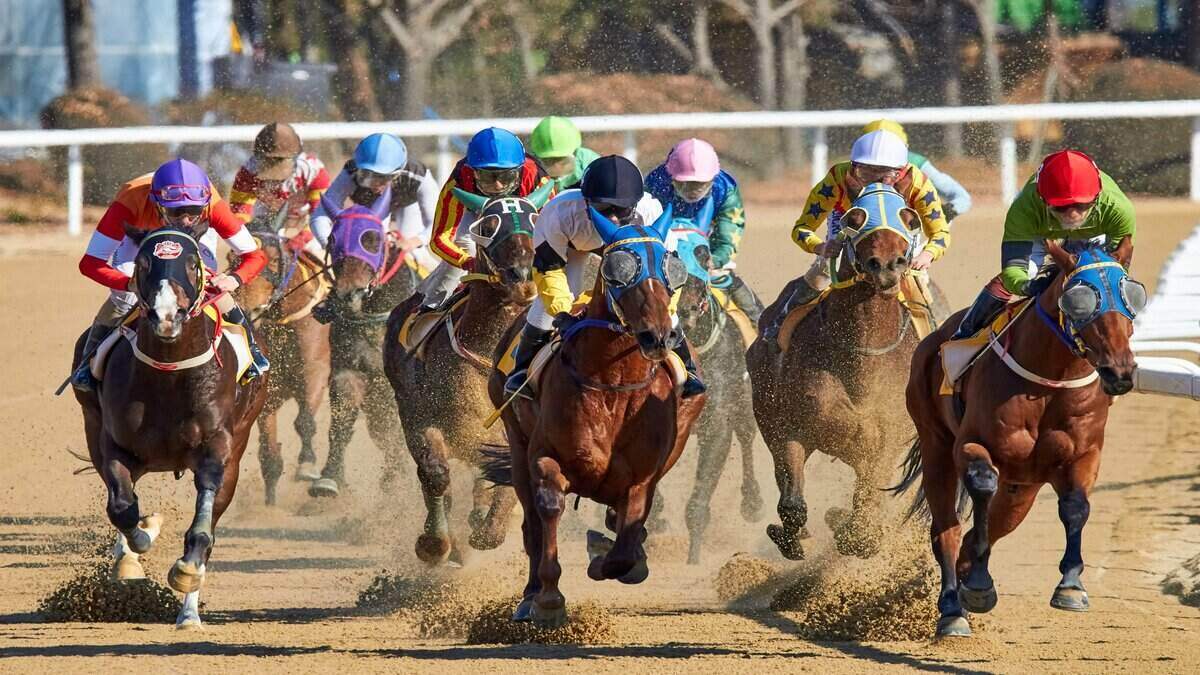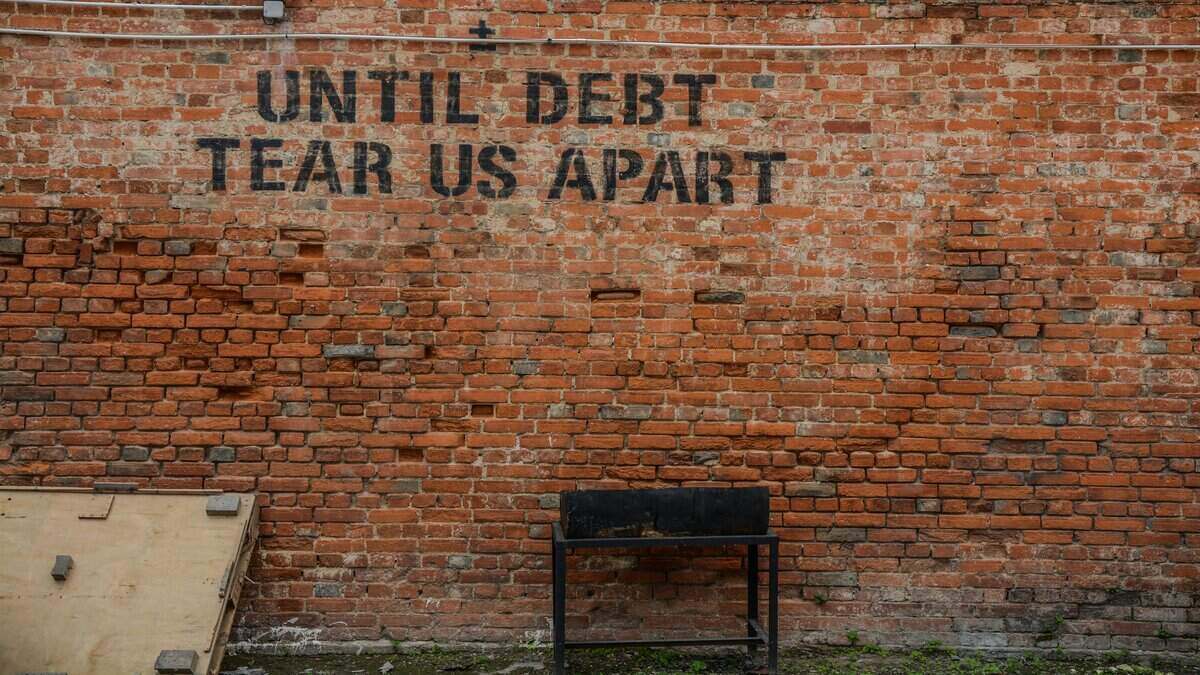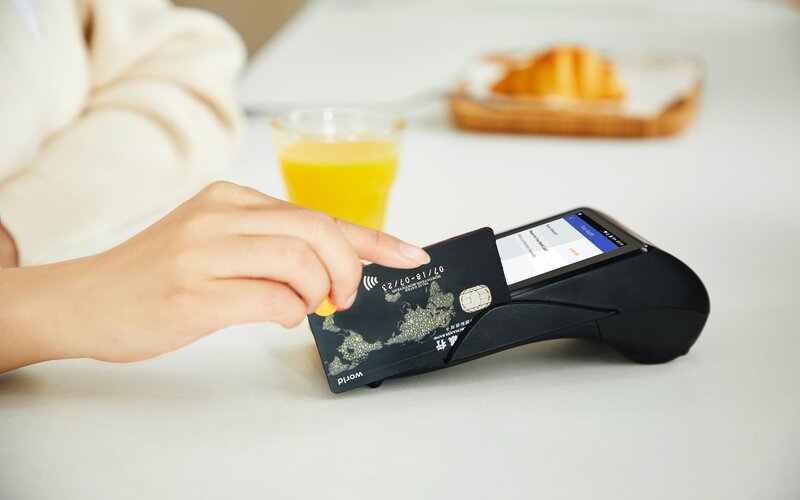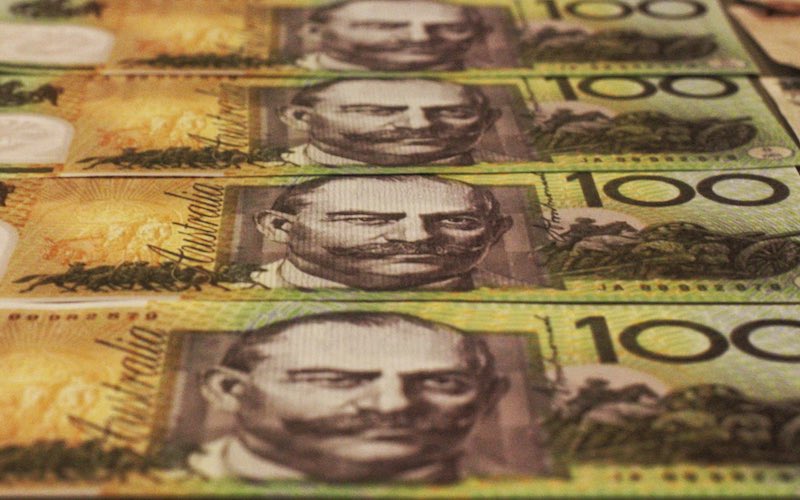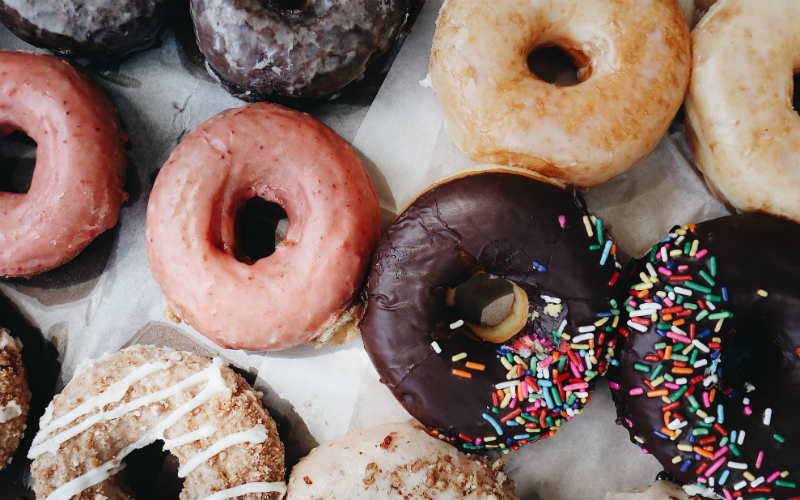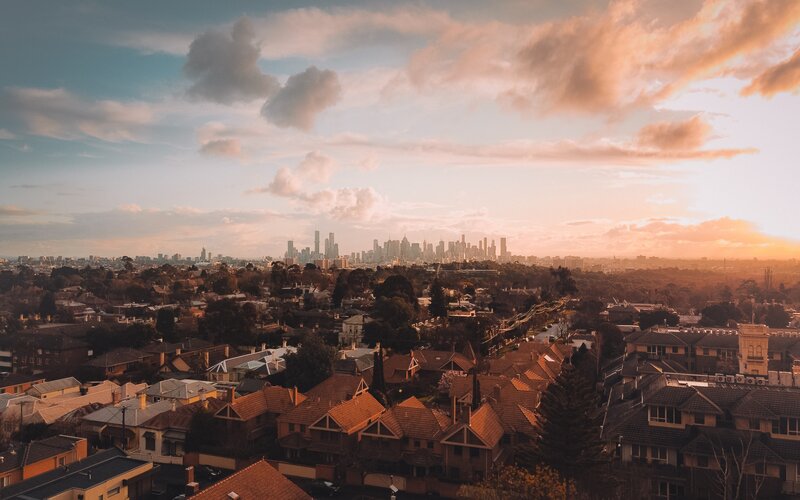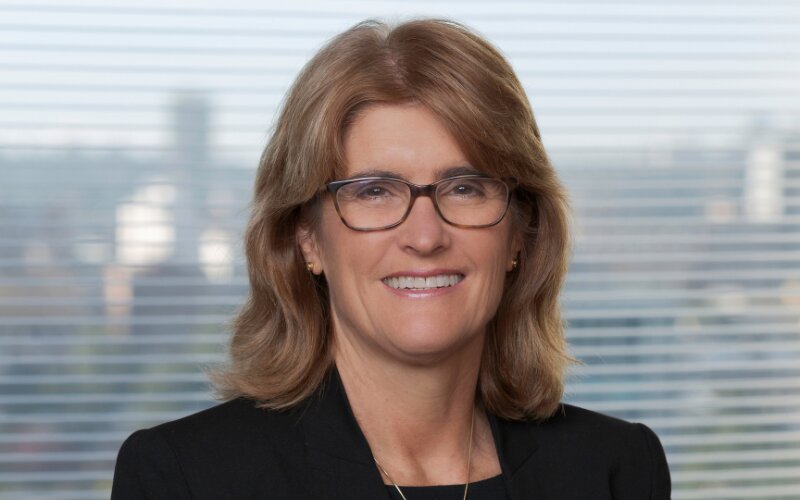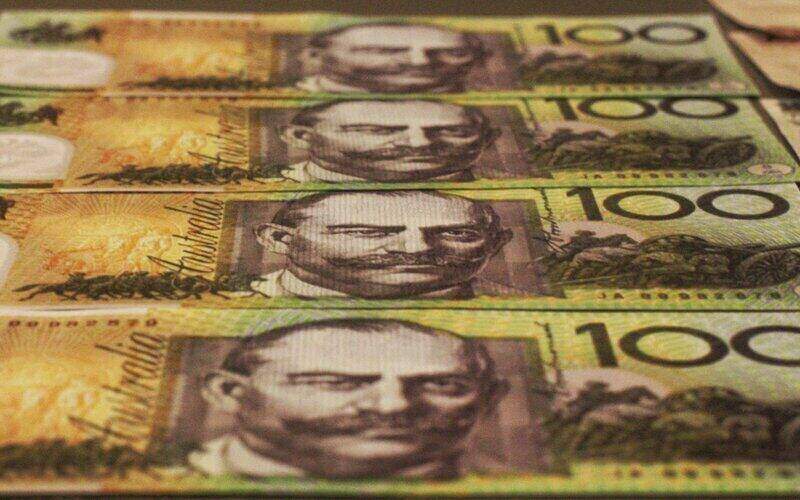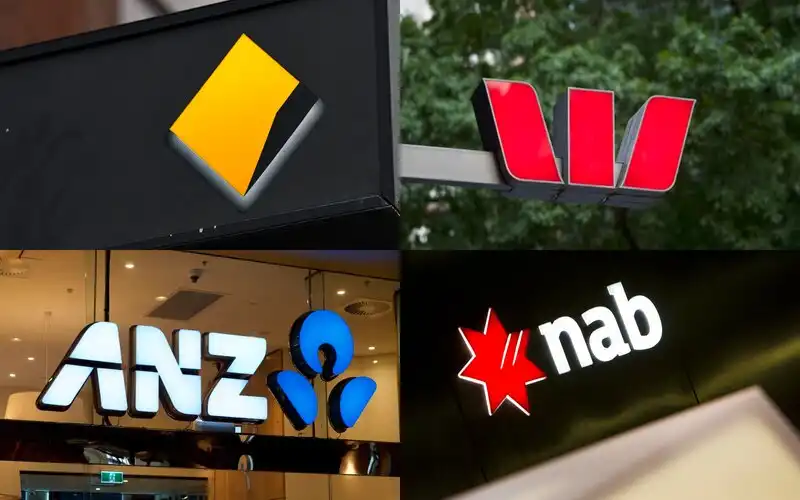Prices are expected to have risen between 2.2 and 2.3% from March '24 to March '25, and between 0.7% and 0.9% through the quarter.
Trimmed mean inflation, excluding volatile goods like food and usually considered more by the RBA, is predicted to have been 2.8-2.9% annually.
If that eventuates it will be the first quarter since December 2021 where annual trimmed mean inflation falls within the RBA's target range of 2-3%.
Combined with the volatility in bond and equity markets throughout April after President Trump's tariff announcements, a cut at the May RBA meeting appears a foregone conclusion.
The question increasingly appears to be to what extent, with NAB economist Taylor Nugent as well as 59% of cash rate futures traders predicting a 0.50% cut, twice the usual size.
"An outcome in line with our 0.6% q/q trimmed mean [inflation] would help the RBA feel comfortable the balance of risks have shifted sufficiently to deliver a 50 bp cut in May," Mr Nugent said.
However, RBA boss Michele Bullock suggested the board will be careful to not overreact to what's happening in the US.
"We're not seeing the same degree of impact as previous market events like in 2008 for example," she said.
"The Australian financial system is strong and well placed to absorb shocks from abroad."
Major banks' inflation predictions
|
Headline |
Trimmed mean |
|
|---|---|---|
|
CBA |
0.8% q/q, 2.3% annual |
0.6% q/q, 2.8% annual |
|
Westpac |
0.7% q/q, 2.2% annual |
0.6% q/q, 2.8% annual |
|
NAB |
0.8% q/q, 2.2% annual |
0.6% q/q, 2.8% annual |
|
ANZ |
0.9% q/q, 2.3% annual |
0.7% q/q, 2.9% annual |
Job done on inflation?
Underlying inflation dropping back below 3% would seem to mark the end of the highest inflationary period Australia has seen in decades.
Prices started rising dramatically in early 2022, a perfect Covid themed storm of diminished supply chains, an overstimulated economy and then historically low interest rates.
From September '21 to September '23 prices increased by over 13% - the highest two year inflation since 1991.
Now, after the most dramatic series of hikes in history and nearly two years with the cash rate above 4%, some may be prepared to finally declare victory - barring any nasty surprises on Wednesday.
Inflation already seems mostly forgotten as Australia's collective anxieties shift towards the possibility of a global recession, but a sting in the tail remains a possibility.
So far, trimmed mean inflation remains on track with RBA forecasts, which suggests it will hit 2.7% by June and stay there at least until the end of 2026.
Ideally, it would sit closer to the midpoint of the target range, so inflation technically would remain above target for another 18 months according to this forecast.
That's also assuming there aren't anymore nasty upside shocks.
As Mr Nugent notes, the global uncertainty means a severe economic slowdown could be a greater threat, but that doesn't mean the upside inflationary risks have gone away.
Unemployment is still at 4.1%, which is below what the RBA call the 'Non-Accelerating Inflation Rate of Unemployment', roughly 4.5%.
Labour productivity is another issue - GDP per hour worked fell 1.9% over 2024.
That means workers are producing less relative to their wage, making the goods they produce more expensive.
Paul Bloxham, HSBC Chief Economist, says this is a structural problem in Australia that needs addressing.
"We want businesses to make changes that will lift productivity, we want them to innovate and become more efficient," he told the Savings Tip Jar podcast.
"We're looking for policy makers to do stuff that will motivate businesses to innovate and invest and so on."
Picture by Jakub Kapusnak on Unsplash

Ready, Set, Buy!
Learn everything you need to know about buying property – from choosing the right property and home loan, to the purchasing process, tips to save money and more!
With bonus Q&A sheet and Crossword!



 Harry O'Sullivan
Harry O'Sullivan